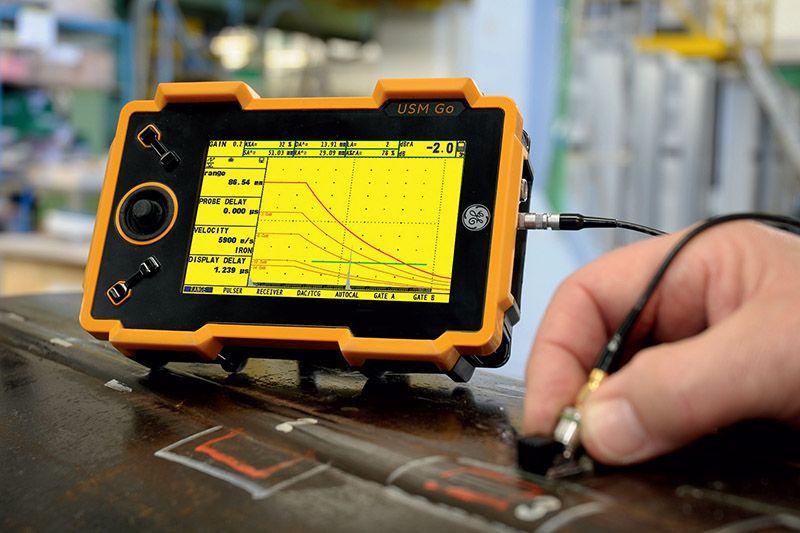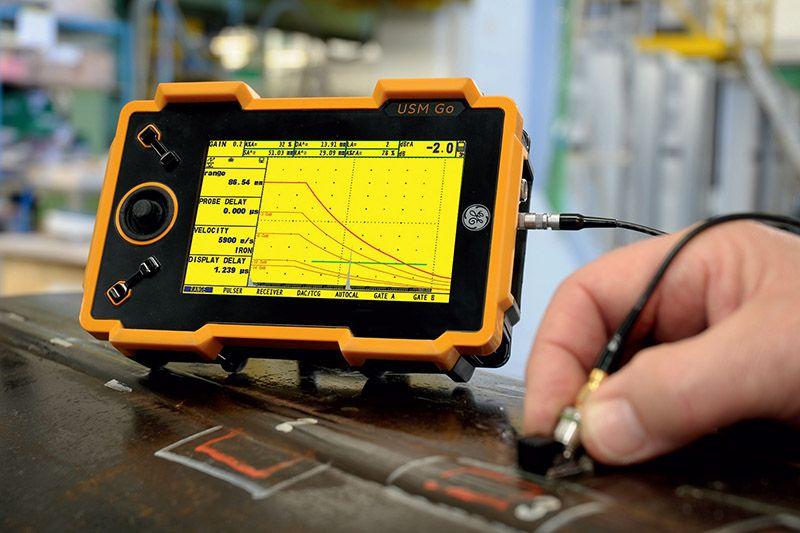In today’s rapidly advancing technological landscape, understanding the nuances of analog vs digital synchronization methods is crucial for industry QA professionals. This article delves into the intricacies of both methods, providing a comprehensive guide to help you navigate the synchronization landscape.

What is Synchronization?
Synchronization refers to the coordination of events to operate a system in harmony. It is a critical aspect of various systems, ensuring that processes are aligned and operate within the correct timing parameters. In the context of technology, synchronization can be broadly categorized into two methods: analog and digital.
Understanding Analog Synchronization
Analog synchronization involves aligning signals in their continuous waveforms. This method is often used in older technologies and relies on phase-locked loops (PLLs) and other analog circuits to maintain synchronization.
Advantages of Analog Synchronization
1. **Smooth Signal Transmission**: Analog synchronization allows for smooth signal transmission without abrupt transitions, making it ideal for audio and radio frequency applications.
2. **Real-Time Processing**: Since analog signals are continuous, they provide real-time processing capabilities, which are crucial in certain applications.
Challenges of Analog Synchronization
1. **Susceptibility to Noise**: Analog signals are prone to noise interference, which can lead to signal degradation.
2. **Complex Circuitry**: Implementing analog synchronization requires complex circuitry, which can increase the cost and size of the equipment.
Exploring Digital Synchronization
Digital synchronization involves aligning signals using discrete values, typically using binary code. This method is prevalent in modern technology and relies on digital clocks and algorithms to achieve synchronization.
Advantages of Digital Synchronization
1. **Higher Precision**: Digital synchronization offers higher precision and accuracy, making it suitable for applications that require exact timing.
2. **Resilience to Noise**: Digital signals are less susceptible to noise, ensuring clearer and more reliable synchronization.
Challenges of Digital Synchronization
1. **Latency Issues**: Digital synchronization can introduce latency, which may be detrimental in time-sensitive applications.
2. **Complex Algorithms**: Implementing digital synchronization requires complex algorithms, which can increase computational demands.
Applications of Synchronization Methods
Analog Synchronization in Industries
Analog synchronization is widely used in industries like broadcasting, audio engineering, and certain communication systems where continuous waveforms are essential.
Digital Synchronization in Modern Technology
Digital synchronization is prevalent in areas such as telecommunications, computer networks, and digital broadcasting, where precise timing and noise resistance are critical.
Choosing the Right Synchronization Method
When deciding between analog vs digital synchronization methods, it’s essential to consider the specific requirements of your application, including precision, noise resistance, and real-time processing needs.
Future Trends in Synchronization
As technology continues to evolve, we can expect advancements in both analog and digital synchronization methods. Innovations in this field are likely to enhance the efficiency and reliability of synchronization systems.
For more information on the latest synchronization technologies, you can explore the recent trends and innovations.
Conclusion
Understanding the differences between analog and digital synchronization methods is vital for industry QA professionals. Each method has its strengths and challenges, and the choice depends on the specific needs of your application. As we look to the future, staying informed about advancements in synchronization technology will be crucial for maintaining efficiency and reliability in various systems.

Frequently Asked Questions
What are the main differences between analog and digital synchronization?
Analog synchronization involves continuous signals, while digital synchronization uses discrete values. Analog is more suited for real-time processing, whereas digital offers higher precision.
Which synchronization method is more noise-resistant?
Digital synchronization is generally more resistant to noise compared to analog synchronization, making it ideal for environments where signal clarity is crucial.
How do I decide which synchronization method to use?
The choice between analog and digital synchronization depends on your application’s specific requirements, such as precision, noise resistance, and real-time processing needs.
This article contains affiliate links. We may earn a commission at no extra cost to you.
